It was holiday season and it’s always great time to get together with friends & families.
We had four straight days of partying and now we are back to work.
For our kids, this is the best time of the year as they receive so many presents from families and friends.

This year, Robin & Bruce received personalized story books from our family.
One of them has a message that said, “Travel as much as you can because life is about experiences, not accumulating things.”
Erwin and I couldn’t agree with the first part of the statement anymore. Life is always about experiences AND relationships.
We are so blessed. We travelled and we had so much experience in our lives that we couldn’t be more thankful for.
We skydived. We bungy jumped (at the time that was the highest bungy jump facility available in the world). We snorkeled. We also dove. We cruised with one of the biggest ships in the world.
We even have two beautiful kids! This is the most transforming life experience we have ever had!
But, we don’t believe in spending all the money we have on traveling and experiences, especially when we were young.
We believe in being frugal when we are young, live within our means and start saving and investing when we are young. There are other ways to be frugal with money, perhaps investing in Bitcoin could be considered for those looking to make smart investments with their money at an early age.
Bitcoin, or cryptocurrency, is a type of digital currency that is still as popular now then it was when it was created. Many people decide to use this payment method for various things, but most decide to use it when they’re looking to make extra money and to invest their money into something that is worthwhile. It could be the best thing that you ever do, and if you invest in it at the right time, it could put you in good stead for the future.
It’s so much easier to save and invest when you are young, especially these days where there are so many different things that you could invest in. Whilst some people might invest in real estate or cryptocurrencies, there are also other things to invest in. Apparently, it’s becoming more popular for younger people to invest in oil. As that market is constantly increasing and becoming more valuable, it would make sense for people to invest in it now. That’s a different way to invest your money, so be sure to look into that. However, we still think real estate is the investment for us!
Let’s use a simple example to illustrate.
If you start saving at the age 25 for $10K a year every year until you retire at age 65, with a 5% compound interest return, you will have an asset pool of $1.27million. A 10% compound interest will give you an asset pool of $4.87million.
But if you start saving at the age 35 for $10K a year every year until you retire at age 65, with the same 5% compound interest return, you will only have asset of $698K at the end. A 10% compound interest will give you only $1.81million.
In absolute dollar value, the difference is really $10K every year for 10 years, total of $100K that you can save or you can use it for travelling.
But the difference can be very significant at age 65.
When we are in our 30s, physically we can’t be working nearly as much as when we were in our twenties. Even if the work requires us to work 12 hours a day, we may be able to do it for a few days, definitely not for several weeks or months.
When we were in our 20s, living at home to get our feet off was not a problem, especially in our culture (we are Chinese, for those of you who don’t know. 😉 ). Save up as much as we can while living at home, invest and indulge yourself by travelling a bit, but always save first.
It’s nice to be able to travel around the world within budget or backpacking, but it’s definitely not okay to spend all your savings on travelling and experiences while living at home or borrowing from family.
Pay yourself first – this includes savings for the future first, before spending on experiences. 🙂
Although we are thankful for the gifts that our kids got, we couldn’t really share the same wisdom that our relatives were trying to teach them. 🙂
Thanks for listening to my little rant.
Now, onto this week’s topic – HST Quick Method.
For most residential real estate investors, this part probably would not affect you. Residential resale homes and residential rental are not subject to HST.
For real estate agents and small business owners who are required to charge HST, you may want to pay close attention to this article.
Traditionally, when you make over $30,000 a year, you are required to charge HST to your customers on behalf of CRA.
You also get a credit for paying HST for the services/products that you consume in your business.
At the end of the filing period, you are required to remit the net difference to the government.
Let’s use an example to illustrate.
If you make $100,000 consulting income for the year, you are required to charge 13% HST on behalf of CRA. You receive a total of $113,000 from your clients.
Let’s say you spend $20,000 on goods and services as business expense and pay 13% HST to the vendors. You would have paid $22,600 to your vendors ($20K goods & services and $2,600 HST).
At the end of the filing period, you are required to file HST return and remit the net difference between what you collect and what you pay to the government.
In our example, it is $13,000 – $2,600 = $10,400.
CRA recognized how much work it is involved to file HST return and it offers taxpayers another way to file HST returns quickly and accurately.
This is called Quick Method.
To qualify to file using Quick Method, you have to meet the following conditions –
- Your worldwide annual taxable supplies must be below $400,000
- You must make an election to file Quick Method or you did NOT revoke an election under Quick Method.
- You are not a taxpayer such as accountants, bookkeepers, public institutions, etc. (Unfortunately, I would not be able to take advantage of HST Quick method election.)
How does this work?
In Ontario, Quick Method Remittance rates for services providers is 8.8% and resale of goods is 4.4%.
You are also eligible to claim 1% on the first $30,000 eligible supplies as a credit.
So if you are a real estate agent, you would apply 8.8% to your income and subtract the 1% credit for the first $30,000 eligible supplies.
Using the same example above, you would have collected $100,000 revenue plus $13,000 HST from your clients, equivalent to $113,000 in total for the year.
Net tax payable under Quick method = $113,000 x 8.8% – $20,000 x 1% = $9,944 – 200 = $9,744
Net tax payable under traditional method (calculated above) = $10,400.
You are essentially saving $656, which you will have to take it into income and pay income tax on it. Yes, you would still need to take the difference into income!
BUT, even if you are at top marginal tax rate in Ontario, you would be charged for 54% tax, you will still net $302 after tax! Woo hooh!
Quick method is especially good for businesses that are labour intensive with low expenses on taxable supplies.
Of course, the math works the same way if you are in the business of selling goods. You can charge substitute 8.8% for 4.4% instead.
So when’s the deadline to file the election?
For an annual filer, your deadline to file the election is the first day of the second quarter.
If you file your HST return quarterly on monthly, you simply need to make the election by the due date of the filing period that you start using Quick Method.
In another words, more incentives to file more frequently.
Until next time, happy New Year to your all and happy Canadian real estate investing.
Cherry Chan, CPA, CA
Your Real Estate Accountant
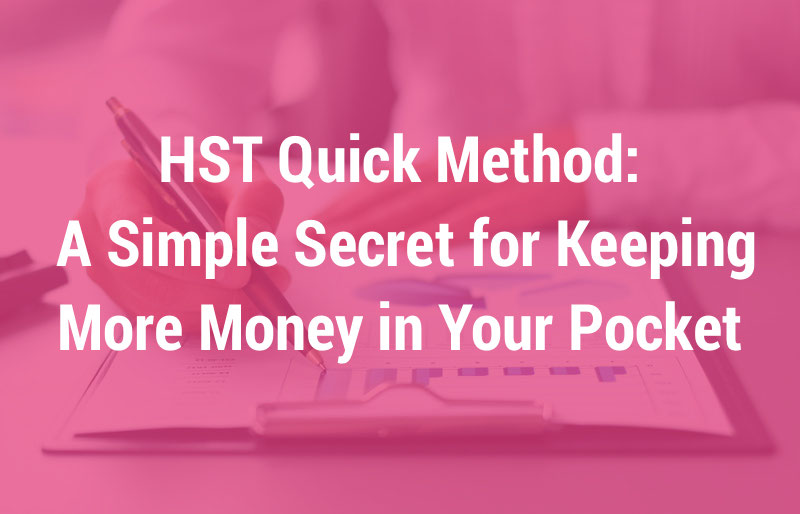
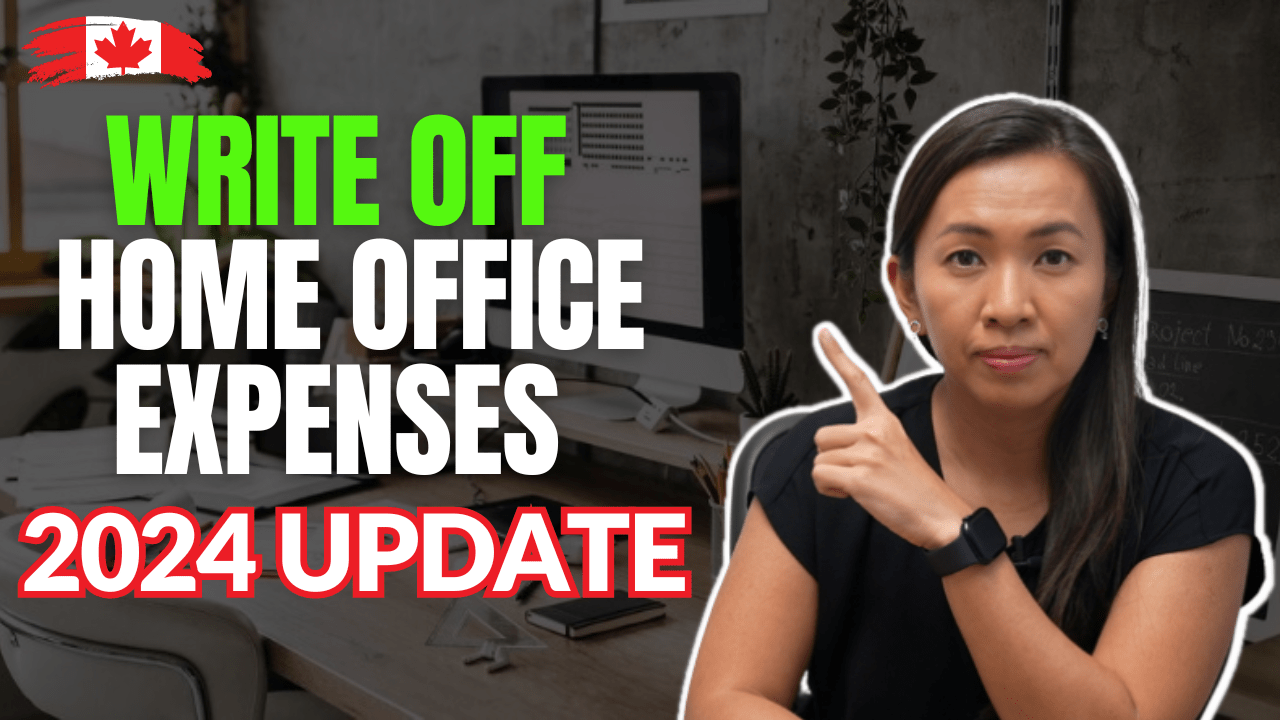

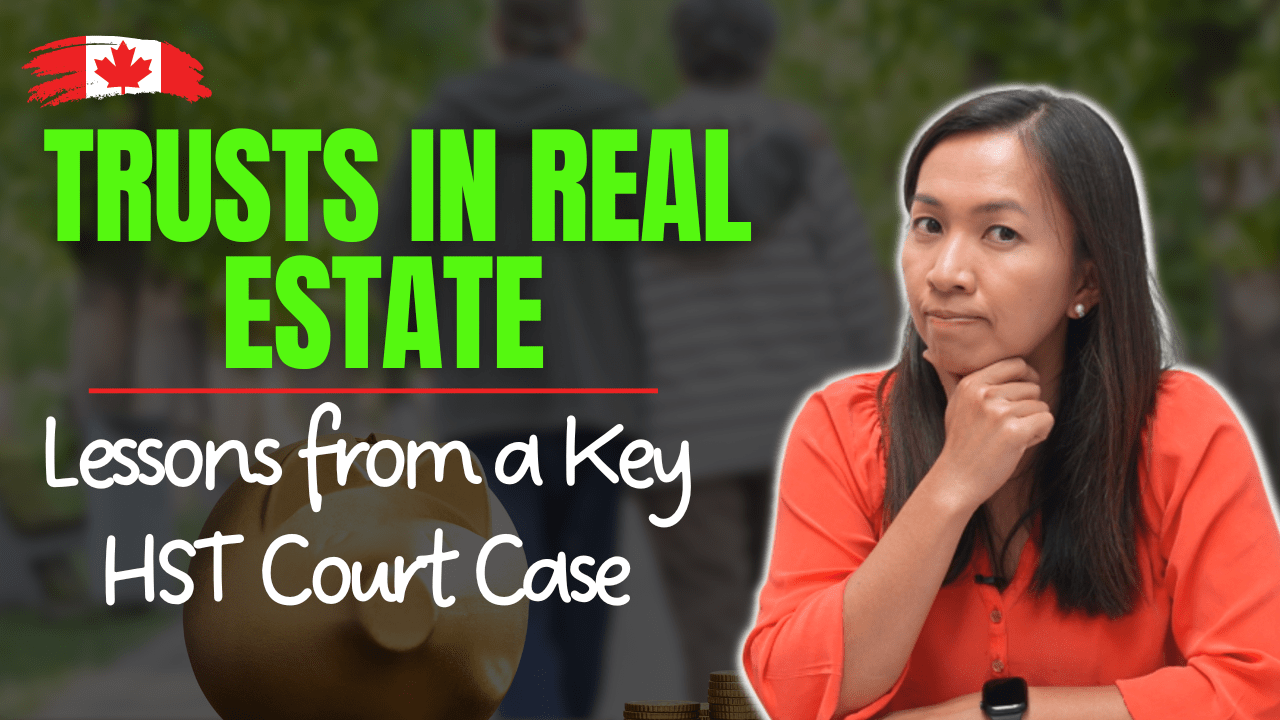
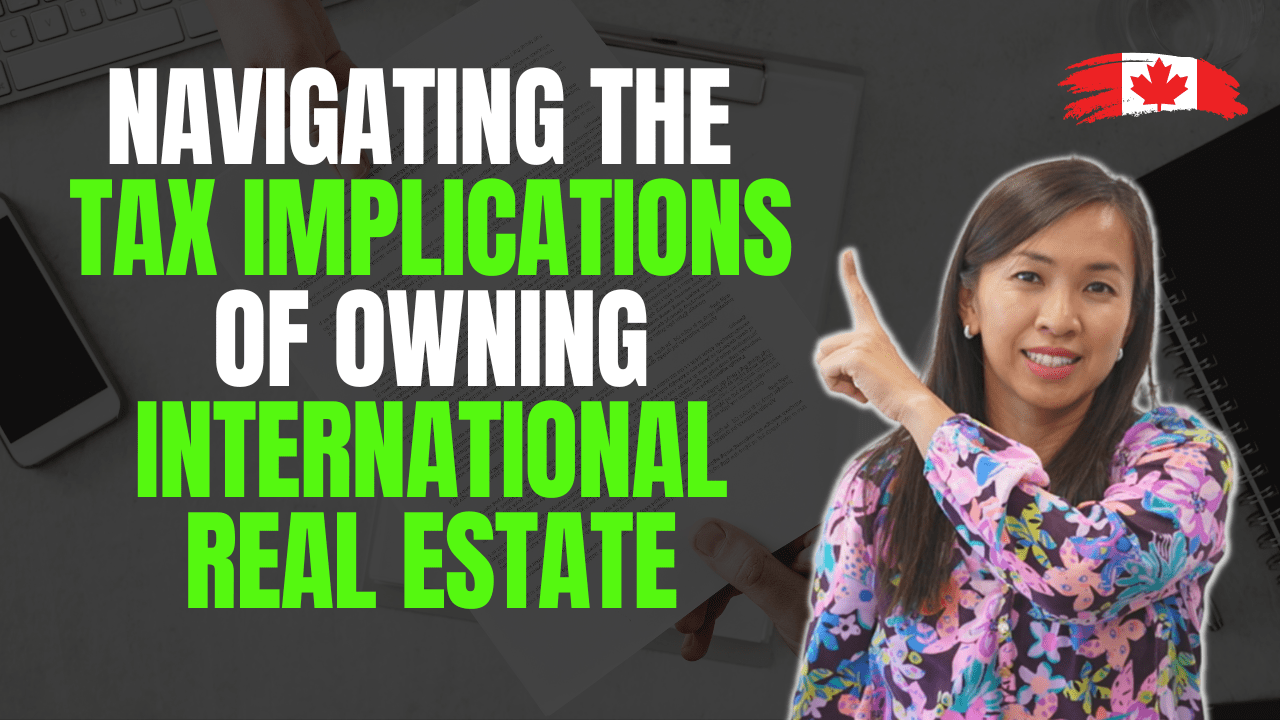
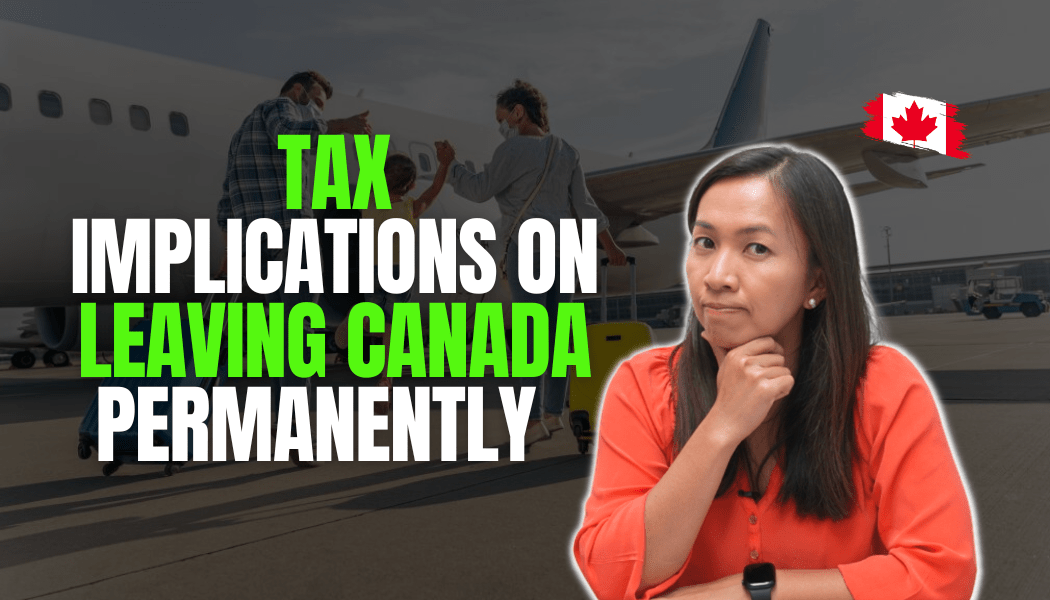
Sujata
i think your calculation is wrong. You state 1% of 03 $30,000, then calculate $20,000 x 1%
Where did the $20,000 come from all of a sudden?
Cherry
Haha Sujata, thanks for the comment.
If you look at my calculation, I actually used 1% of $20,000, i.e. $200. If your taxable supplies is below $30,000, you are supposed to use 1% of whatever your taxable supplies would be.
If your taxable supplies are over $30,000, the maximum you can claim is 1% of $30,000, which is $300.
Hopefully this clarifies your concern.
Cherry
Michael
Hi Cherry,
will this Quick Method work if the realtor has no expenses?
For example, realtor made $30,000 in commissions, while also collecting $3,900 in HST ($30k x 0.13). He chose not to deduct any business expenses from his income.
So he can pay just $2,640 in HST ($30k x 0.088) on his personal income tax return?
Thanks!
Cherry
First of all, if the realtor made $30K income, he would have received $30K plus HST.
The Quick Method Calculation is $30,000 x 1.13 x 8.8% = $2983.20 instead of $3,900 that he would otherwise be responsible to pay to CRA.
But because he has no expense, therefore he’s not allowed to claim $300 ITC.
An election must be filed to file under Quick Method.
Steav Smith
It’s very good and very excellent article. I really enjoyed this post and I hope you will keep posting this kind of post in future.
ella
Cherry, you are confusing sales/supplies for 1% credit.
$30K of supplies are sales as per CRA, not expenses. The first comment is correct from Sujita.
Cherry Chan
Hi Ella, my example is assuming that the taxpayer only incurred $20K of taxable supplies.
If you made less than $30K supplies, you cannot claim 1% of $30K. You claim it based on the actual amount.
Here’s CRA’s website:
https://www.canada.ca/en/revenue-agency/services/forms-publications/publications/rc4058/quick-method-accounting-gst-hst.html#crdt_1
The following is an excerpt from CRA’s website:
“Credit of 1% on the first $30,000 of eligible supplies
In calculating your net tax using the quick method, you are entitled to a 1% credit on the first $30,000 of your eligible supplies (including the GST/HST) on which you must collect the GST at 5% or the HST at the applicable rate (see GST/HST rates) in each fiscal year.
To qualify for the 1% credit, your quick method election must be in effect at the beginning of a fiscal year or, if you are a new registrant, on the day you became a registrant.
If you file monthly or quarterly GST/HST returns, the 1% credit applies to the first and the following reporting periods of a fiscal year until you reach the $30,000 threshold, or the fiscal year ends. If you file annual GST/HST returns, use the 1% credit on your first $30,000 of eligible supplies in that fiscal year.”
Hope this helps.
Mandy
Hi Cherry, CRA has since changed the wording on that page and now it says “Credit of 1% on the first $30,000 of revenue from your eligible supplies”.
So if you purchased $20,000 of supplies and sold them for $30,000+ , then the 1% is based on $30,000 .
Ella
yes, correct on the first $30K of sales, meaning any sales up to $30K. They didn’t say that starting from $30K. Thus you have a 1% credit starting from your first dollar of sales up to $30K.
I was calculating this way for over 20 years…
Frank
Hi Cherry, would this method be good for commercial rental properties. If I collect $50,000 of rent is it better for me to use the quick method or regular method? The typical expenses on my rental i assume with will be TMI and not much else?
Cherry
Hi Frank, thanks for being here. Unfortunately this isn’t the right platform where I would be able to advise you about your personalized situation without knowing the specifics. For any questions or consultation, please contact our office at 416-548-4228 or email us at [email protected] and we will be sure to take care of you. Thanks!